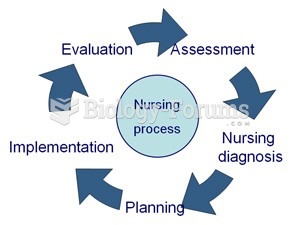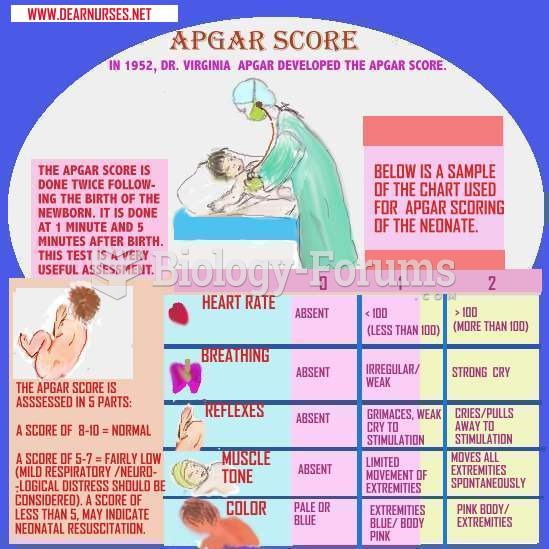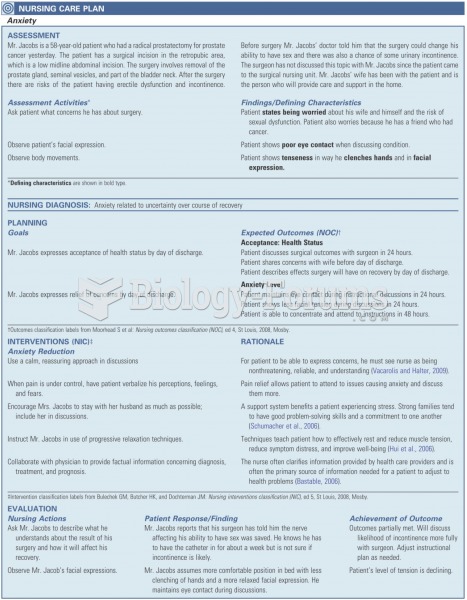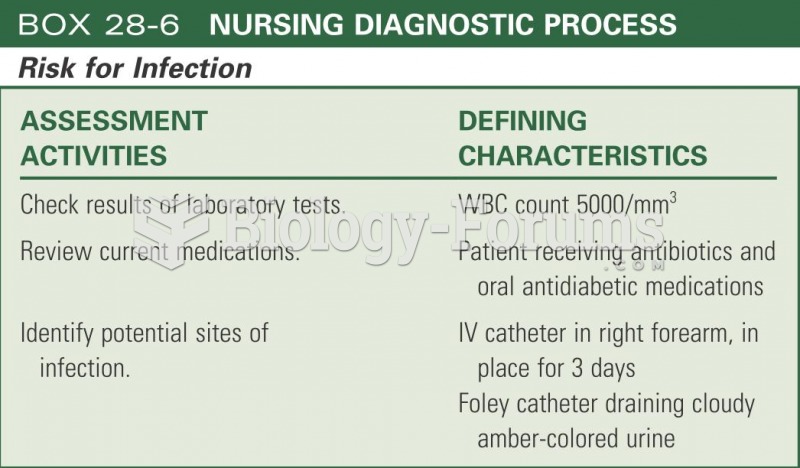Answer to Question 1
Correct Answer: 2
Rationale 1: This does not occur because of a hormonal stimulus.
Rationale 2: Humoral stimuli are driven by sensors in the endocrine gland itself. In the case of insulin, sensors in the pancreas detect the high blood sugar and increase the output of insulin.
Rationale 3: The pancreas is not an exocrine gland.
Rationale 4: This does not occur because of a neuronal stimulus.
Global Rationale: Humoral stimuli are driven by sensors in the endocrine gland itself. In the case of insulin, sensors in the pancreas detect the high blood sugar and increase the output of insulin. The pancreas is not an exocrine gland.
Answer to Question 2
Correct Answer: 2
Rationale 1: GH receptors are not providing negative feedback, because no GH is binding to them.
Rationale 2: Small stature occurs when GH is unavailable to stimulate the growth of bones, muscles, and soft tissues. The hypothalamus stimulates the pituitary to produce GH. In this case, the hypothalamic hormone cannot stimulate the pituitary, because the normal pituitary tissue was destroyed or compressed by a tumor.
Rationale 3: The tissue receptors for GH are normal, but there is no hormone to bind to them.
Rationale 4: ACTH levels would be low, because ACTH is also produced by the pituitary.
Global Rationale: Small stature occurs when GH is unavailable to stimulate the growth of bones, muscles, and soft tissues. The hypothalamus stimulates the pituitary to produce GH. In this case, the hypothalamic hormone cannot stimulate the pituitary, because the normal pituitary tissue was destroyed or compressed by a tumor. GH receptors are not providing negative feedback, because no GH is binding to them. The tissue receptors for GH are normal, but there is no hormone to bind to them. ACTH levels would be low, because ACTH is also produced by the pituitary.







